This new OnePlus 13 feature could set course for the future of iPhone and Galaxy

While all iPhones, Galaxies, and Pixels for 2024 are now water under the bridge, we are not quite done when it comes to major flagship releases.
Well, technically we are, but one of next year's more intriguing devices––the OnePlus 13––will actually break cover in China this Halloween, giving us a spectacular teaser about what's to come our way once the phone goes international.
As is usually the case with the never-settling company’s phones, we already seem to know just about everything about the next flagship, and boy, oh boy, OnePlus certainly seems to be pushing the boundaries even further.
The rumored specs are rather awe-inspiring:
- A cutting-edge Snapdragon 8 Elite powerhouse of a chip,
- a mind-boggling 24GB of RAM for all your multitasking and potentially AI-heavy tasks,
- triple 50MP camera helmed by a Sony LYT808 sensor,
- a large 6,000mAh battery with superfast 100W charging,
- IP69 water and dust resistance, which provides unprecedented protection against dust and water,
- and OLED screen with local refresh rate.
Now, while everything here sounds quite intriguing, it's the last rumor that's particularly exciting. Local high refresh rate has the potential to be another major leap in display tech, quite possibly one that we'll be hearing about more in the coming years.
The current state of high refresh rate displays
Let's back up a bit first. What's refresh rate?
Simply put, refresh rate refers to how many times per second your phone’s display refreshes the image on the screen. Measured in Hertz (Hz), the higher the refresh rate, the smoother animations and transitions appear.
Most flagships today support 120Hz, which means the screen refreshes 120 times per second, providing smooth visuals for tasks like scrolling or gaming.
Initially, high refresh rates were fixed: you could either set it at the standard 60Hz, the mid-range 90Hz option, or the 120Hz high setting, with the displays incapable of switching between the different modes themselves.
In 2020, we got the first phones with dynamically switching refresh rate–– Samsung's Galaxy Note 20 Ultra and Galaxy Z Fold 2 had LTPO screens that automatically and seamlessly switched between 48Hz, 60Hz, 96Hz, and 120Hz.
The LTPO technology (which was by the way developed and patented by Apple) has since evolved, and we currently have displays that can dynamically switch between 1 and 120Hz.
What exactly is "local high refresh rate"?
Here's the 'gotcha', though. Currently, all high refresh rate screens refresh the entire display at the same rate (except for the OnePlus 13 prototypes in some warehouse, I'd presume).
Although LTPO displays are already more efficient than traditional 60Hz OLEDs, refreshing the entire display continuously isn’t very efficient, so there’s definitely room for improvement.
This is where OnePlus and its next flagship come into play. The OnePlus 13 will allow different sections of the screen to be rendered at different speeds, meaning that some elements might be rendered at the full 120Hz, while other static ones could go as low as 1Hz.
Imagine you're watching a YouTube video and reading the comments below it. The OnePlus 13's display will refresh the video clip at its native frame rate, while the comments below will get rendered at a significantly lower refresh rate, saving power but still giving you the same user experience you'd expect.
The energy-saving implications of this are enormous. Battery life is pretty good on most flagship devices these days, but with such display tech, we can probably expect big gains in potential battery life, which is always an absolute win for regular users.
Local refresh rate could greatly improve the efficiency of future OLED displays and therefore boost the battery life of your phone, especially when dealing with non-uniform content, such as social media, one of the most common use cases.
Honestly, with display technology currently in a rut and only evolving in the way of boosting the peak brightness, such an evolution of high refresh rate feels more than welcome.
Thanks, BOE
This new technology is courtesy of display manufacturer BOE's efforts in the field.
It has been confirmed that BOE is, in fact, the display supplier for the OnePlus 13. And, as luck would have it, the supplier's latest 'flagship' OLED display technologies have very recently been showcased at the BOE Global Innovation Partner Conference 2024 in early September.
The new tech is mostly aimed at laptops and employs what BOE calls "Winning Display 1Hz" and "Intel Intelligent Display Technology 2.0", both of which utilize AI algorithms to intelligently ramp down the refresh rate down to a single hertz during semi-active workloads, when the user isn't looking at the screen, doesn't move the mouse cursor, or uses specific apps.
The final new feature in question is precisely the local refresh rate that we've been rambling about thus far. As per the reports, it's powered by AI (of course), and can independently change both the refresh rate and brightness on different areas of the display. While it's alluring to assume that each individual pixel of the screen will be renderable at a different refresh rate, there's no explicit confirmation of this, though it would make a lot of sense.
Combined, all these new features reportedly can save up to 65% power in comparison with a standard OLED screen, which sounds like a potential game-changer.
Of course, while the showcased technologies seem intended for laptop displays, we doubt BOE will miss the chance to outfit its mobile OLED displays with similar high-tech chops.
Interestingly, Samsung also has a relatively recent patent for a similar tech.
OnePlus is often at the forefront of new display technology
Back to OnePlus, this isn't the first time the company has been at the forefront of refresh technology display technology.
One of the first globally available phones to feature a 90Hz refresh rate was actually the OnePlus 7 Pro, launched in 2019. While at the time not just everyone was enthusiastic about the potential future of high refresh rate on phones, just about any phone manufacturer since then has jumped on board, making OnePlus one of the trend-setters.
Now, it appears that the OnePlus 13 could play a similar role from 2025 onward. Judging from all the potential benefits of the local high refresh rate, it's highly probable that this feature will catch on and could get adopted by most other Android manufacturers soon.
Who knows? Perhaps one day, even iPhones will adopt local high refresh rate technology.
Follow us on Google News






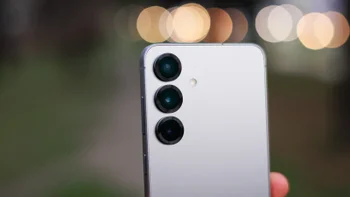


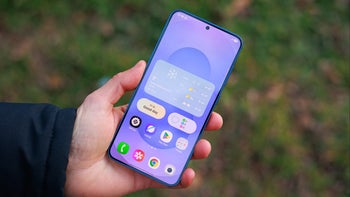
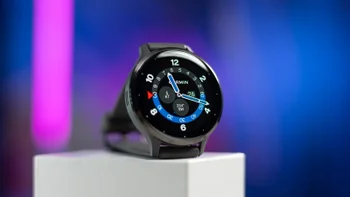
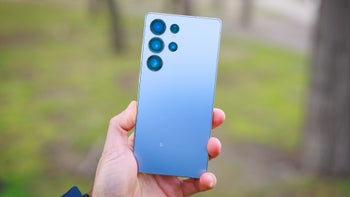
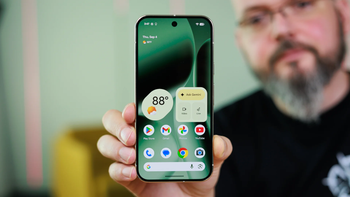
Things that are NOT allowed:
To help keep our community safe and free from spam, we apply temporary limits to newly created accounts: